A wildfire that scorched approximately eight hectares of protected heathland at Chapel Common, near Milland in West Sussex, is believed to have been ignited by a campfire, according to fire investigators.
The blaze, reported at 7.50am on Sunday, May 11, prompted a significant response from fire crews across West Sussex, Hampshire, and Surrey. Nine fire engines were deployed to combat the flames, with firefighters working throughout the day using jets and beaters to control the fire. Crews remained on site until 11pm and returned the following morning to dampen down any remaining hotspots.
Chapel Common is a 101-hectare biological Site of Special Scientific Interest (SSSI), recognised for its dry heathland, woodland, grassland, and scrub habitats. It supports species such as the woodlark, nightjar, and Dartford warbler, and hosts rare invertebrates.
A spokesperson for West Sussex Fire & Rescue Service stated: “Investigations carried out at the scene suggest that the fire was started by a campfire. During periods of hot, dry weather, we urge people to take extra care and avoid lighting fires in the countryside. What starts as a small fire can quickly take hold and become much larger.”
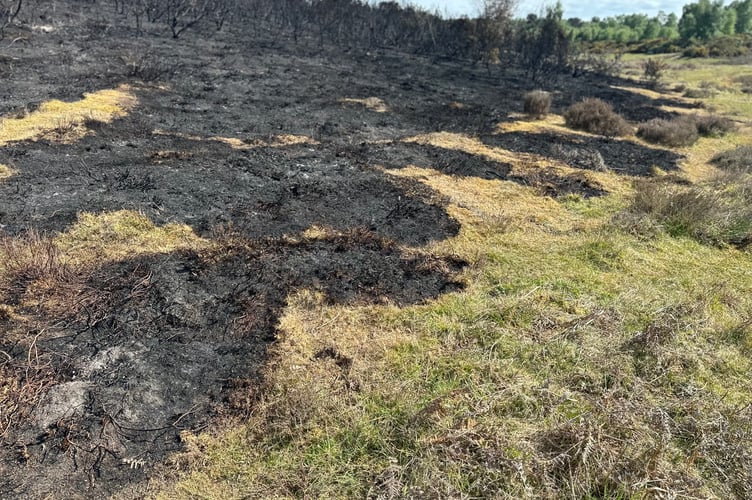
This incident adds to a troubling trend, as the area of the UK burned by wildfires so far this year has already surpassed the total for any year in over a decade. According to the Global Wildfire Information System, more than 29,200 hectares have been burned so far in 2025, exceeding the previous high of 28,100 hectares recorded in 2019.
Authorities are urging the public to exercise caution in the countryside, especially during dry conditions. Recommendations include ensuring cigarettes are fully extinguished and not discarded carelessly, avoiding lighting fires or barbecues, and never leaving glass bottles behind, as they can magnify sunlight and start fires.
The fire service continues to monitor the area and liaise with local authorities to mitigate further risks.
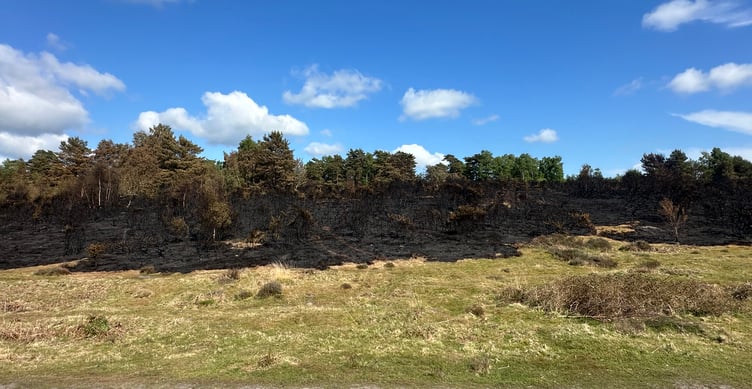
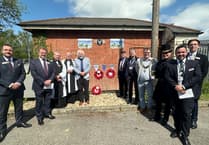
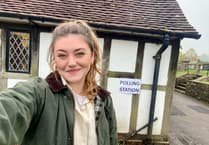

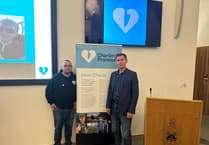
Comments
This article has no comments yet. Be the first to leave a comment.